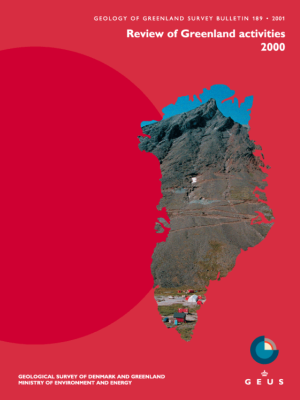Projects MINEO and HyperGreen: airborne hyperspectral data acquisition in East Greenland for environmental monitoring and mineral exploration
DOI:
https://doi.org/10.34194/ggub.v189.5167Abstract
In remote sensing terminology the word ‘hyperspectral’ is used to distinguish sensors with several tens or hundreds of bands from the traditional ‘multispectral’ sensors such as Landsat TM or Landsat MSS. The success of hyperspectral techniques relies on the detection of subtle variations in the spectral properties of one or more of the components being imaged. The advances of worldwide research and development in sensor technology to achieve higher signal to noise ratios, good operational stability and improved levels of spectral and radiometric calibration have provided the instrumental basis for the deployment of this advanced technique to a number of earth resource and environmental mapping and monitoring tasks. The analysis and interpretation of hyperspectral data are extensively based on the use of spectral libraries covering a wide range of inorganic and organic natural materials and comparison of data between different areas and sensor systems.
Downloads
Published
Issue
Section
License
This article is distributed under a CC-BY 4.0 licence, permitting free redistribution and reproduction for any purpose, even commercial, provided proper citation of the original work. Author(s) retain copyright over the article contents.


